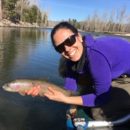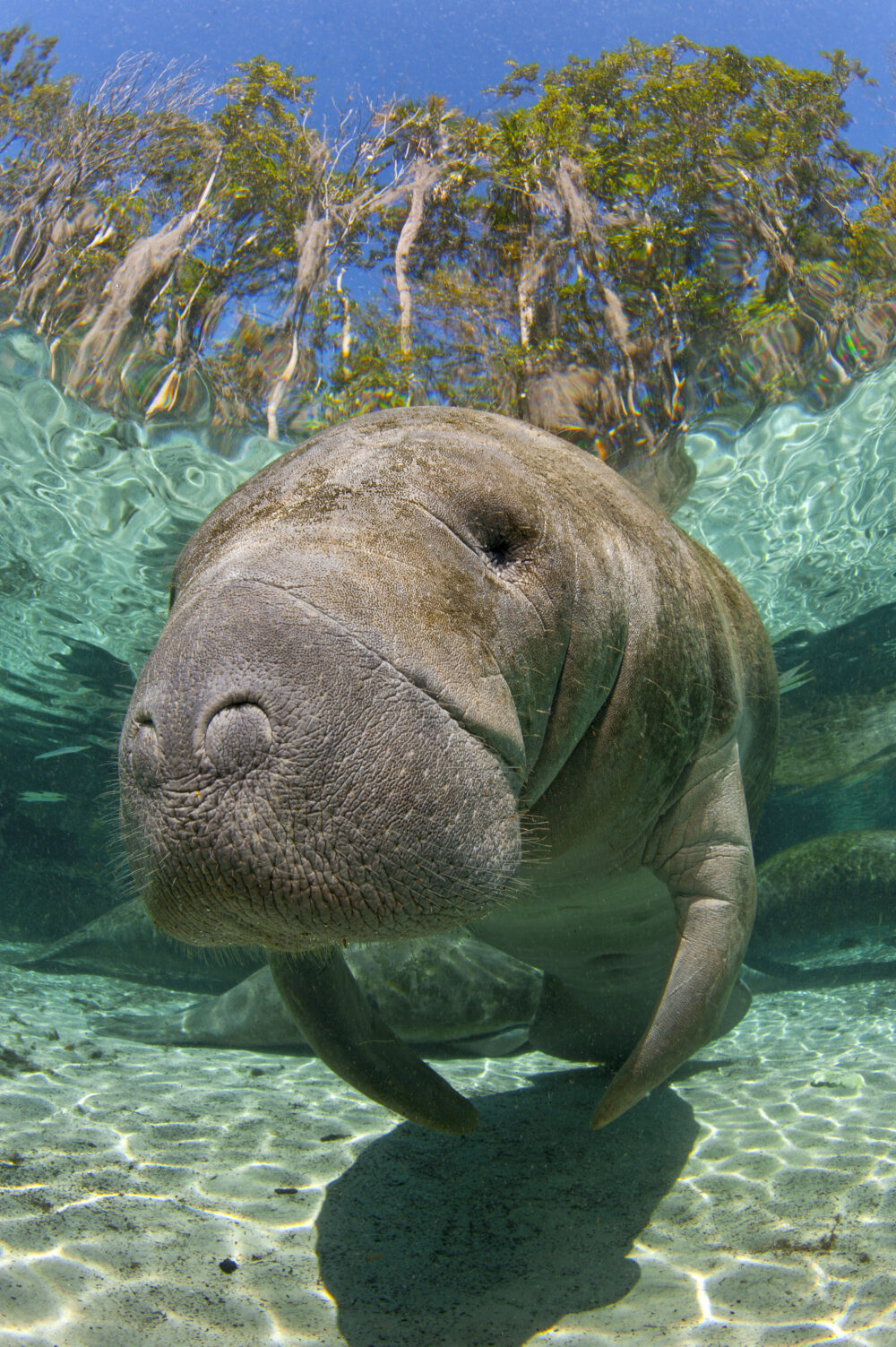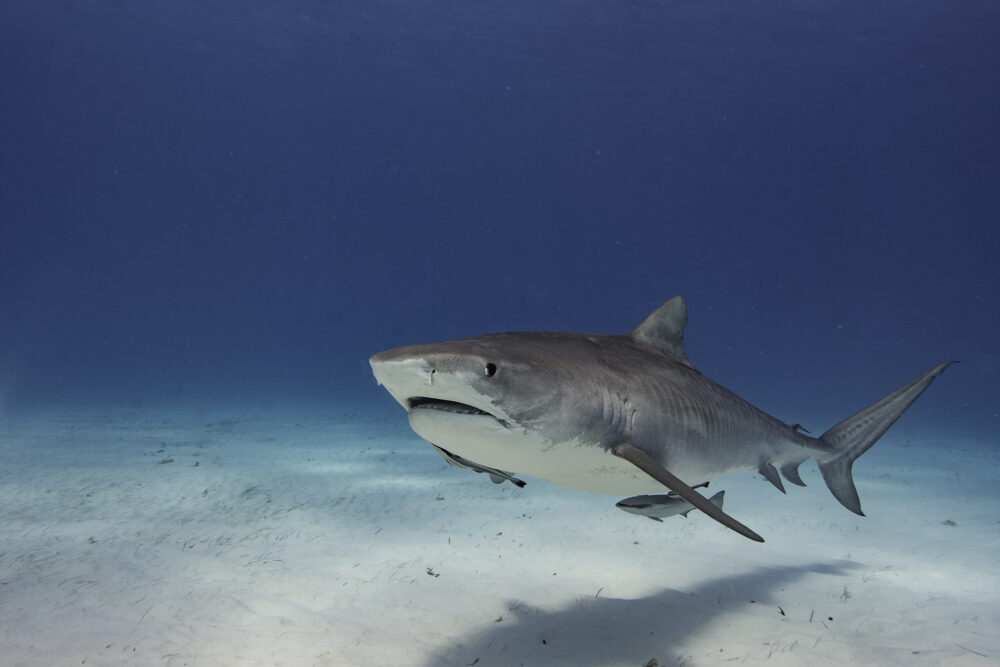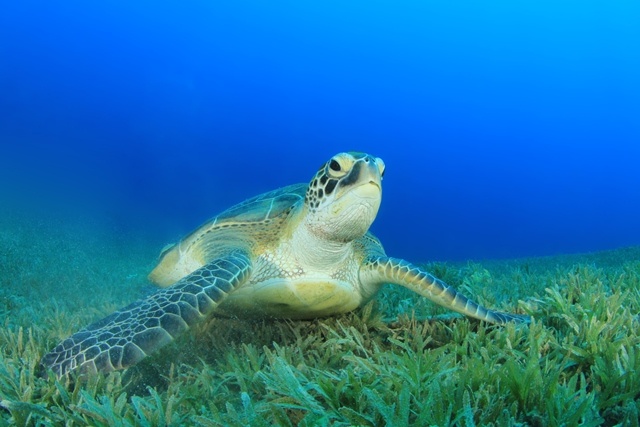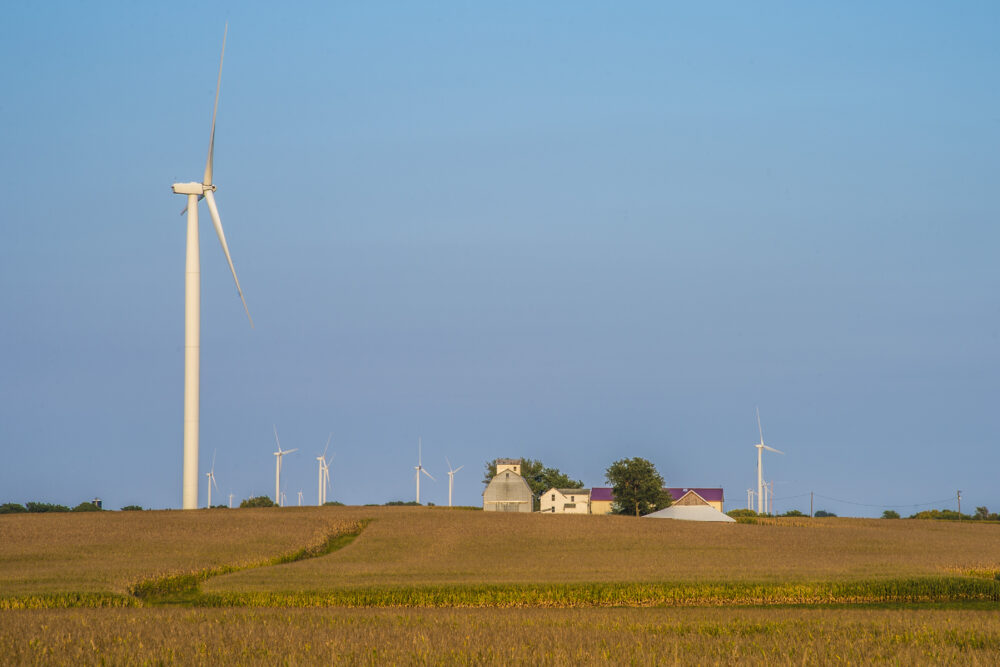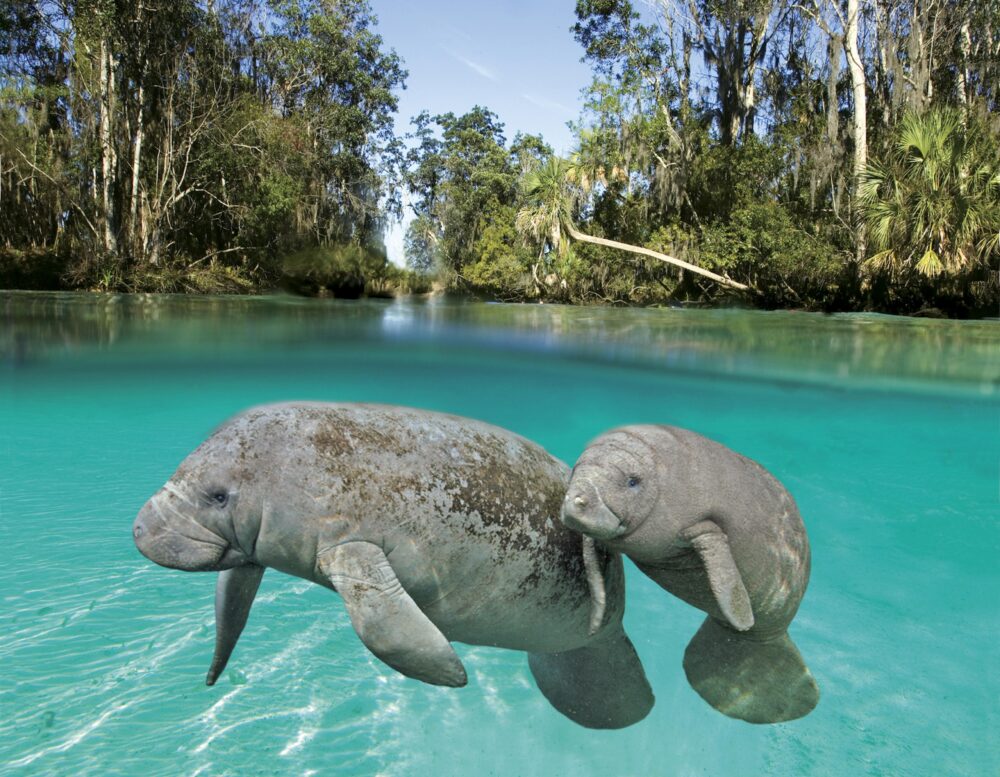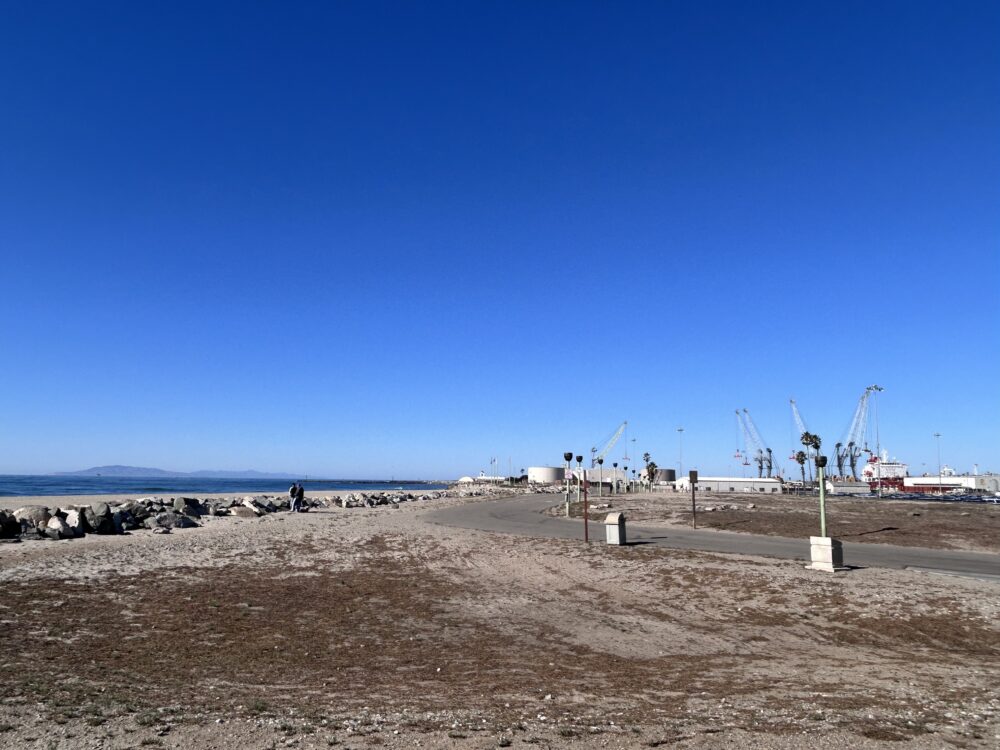We have much more to do and your continued support is needed now more than ever.
Montana Teens Help Save Sage Grouse
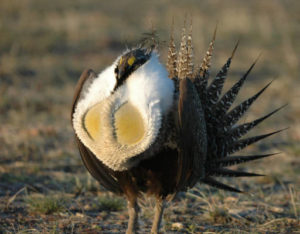
Greater sage grouse populations across the West have been in decline for decades, and this September the U.S. Fish and Wildlife Service is expected to decide whether to formally list the bird as a threatened or endangered species.
In an effort to reduce sage grouse deaths, National Wildlife Federation hired Montana Conservation Corps Youth crews to help mark fences to reduce fatal collisions. Sage grouse often fly low to the ground and have a tendency to strike barbed-wire fences, which can be nearly impossible to see in low light.
Studies suggest the death toll can run as high as a grouse every mile of fence, every year. Experts say that one strike per mile in high-risk areas may be conservative, since carcasses are usually scavenged quickly. NWF’s fence-flagging work focuses on prime sage grouse habitat in Phillips and Valley counties, located in north central Montana. These two counties are especially important strongholds for Montana’s sage grouse population, not only home to many leks, or breeding grounds, but also important wintering areas for the bird. The area also is crisscrossed by hundreds of miles of wire fencing to contain grazing cattle.
Boots on the Ground
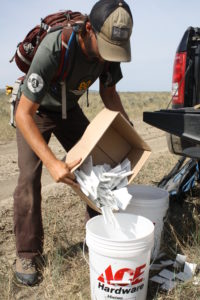
The truck that carried my crew: four Montana Conservation Corps Youth high school students along with their two crew leaders, had slid off the road into a steep ditch earlier in the morning. Instances like these serve as a good reminder that the prairie is a beautiful yet unforgiving place. For this reason, I am perpetually in awe of the people and many animal species that call this remote country home. The Youth crew that NWF hired was enthusiastic and hard-working.
“One thing I liked was the tangible aspect of the project- how it’s clear through research that one mile of fence flagged is one saved bird,” said Nate Hess, a MCC crew leader. “Not all projects are like that.”
By the end of the two weeks, NWF along with the MCC youth crew had successfully marked over 20 miles of fence with roughly 30,000 markers. When it comes down to numbers, that means we helped protect at least 20 grouse per year for the life of the markers. And that’s just the start. NWF’s goal is to flag fences surrounding leks and wintering areas across a vast landscape.
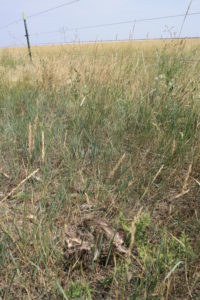
Most of the participants were not aware the bird existed before this project.
“I’ll actually pay more attention if sage grouse pops up in the news now,” reported one of the MCC crew members.
In addition to MCC crews, NWF hopes to enlist local volunteer groups to mark fences through 2016.
As for the gumbo mud, the roads dried in a few hours and the crew was able to drive out of the ditch later the same day. The crews took the small hiccup in stride. After all, they had already conquered blistering sun, incessant mosquitos, and a curious herd of bison roaming through our base camp – adding to the memories of how they helped save sage grouse in the summer of ’15.
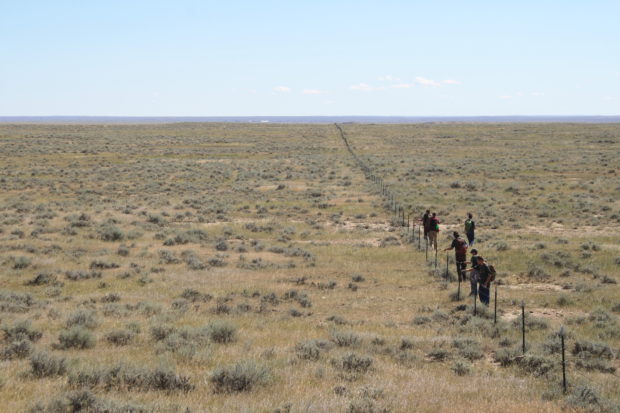
![]() If you would like more information on the project contact Hayley Newman at NWF’s Northern Rockies and Pacific Office.
If you would like more information on the project contact Hayley Newman at NWF’s Northern Rockies and Pacific Office.

